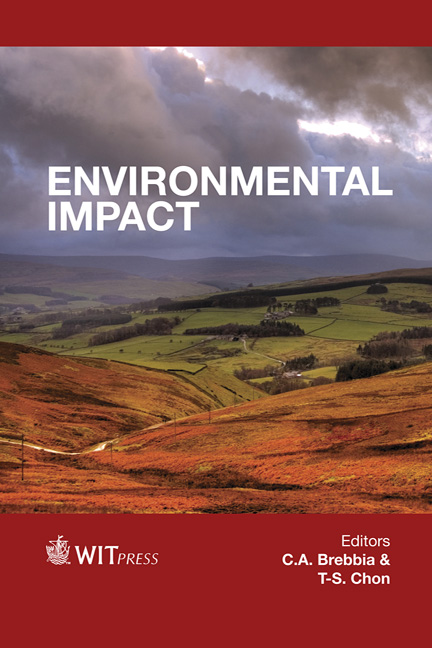Leaching From New Generation Treated Wood: A Chemical Approach
Price
Free (open access)
Transaction
Volume
162
Pages
12
Page Range
529 - 540
Published
2012
Size
2,703 kb
Paper DOI
10.2495/EID120461
Copyright
WIT Press
Author(s)
M. O. Lupsea, H. Mathies, U. Schoknecht, L. Tiruta-Barna & N. Schiopu
Abstract
Leaching of biocides from construction products is currently a research topic receiving attention from the European regulation authorities (CEN/TC 351). In this paper we have focused on the leaching behaviour of CBA (copper-borateazoles) treated Pinus sylvestris. To better define the chemistry of the leaching phenomena, two leaching tests (a static equilibrium test and a dynamic surface leaching test) have been carried out on untreated and treated wood, which offered more information about how the leaching of biocides interferes with other substances released from the wood structure. Eluates, in liquid and lyophilised form, were further analyzed by analytical methods. Organic (tebuconazole) and inorganic (Cu, B) biocides were quantified and several organic compounds have been identified (e.g. carboxylic acids, phenols, amines, etc.). Also, the total amount of phenols and of carboxylic groups was determined. Results on inorganic compounds are in accordance with previous studies made on treated wood. Furthermore, organic carbon, tebuconazole and other organic compounds’ behaviour was extensively investigated. This study aims to complete existing leaching data and to help developing a chemical model for several biocides in wood, including Cu, B and tebuconazole. Keywords: leaching, CBA treated wood, biocide, organic compounds.
Keywords
leaching, CBA treated wood, biocide, organic compounds.





